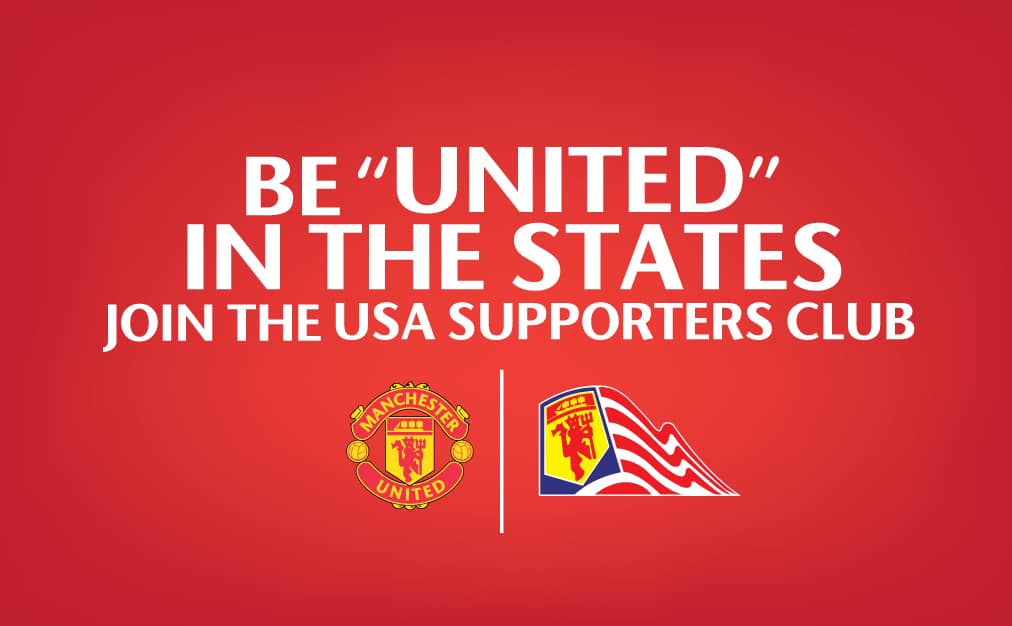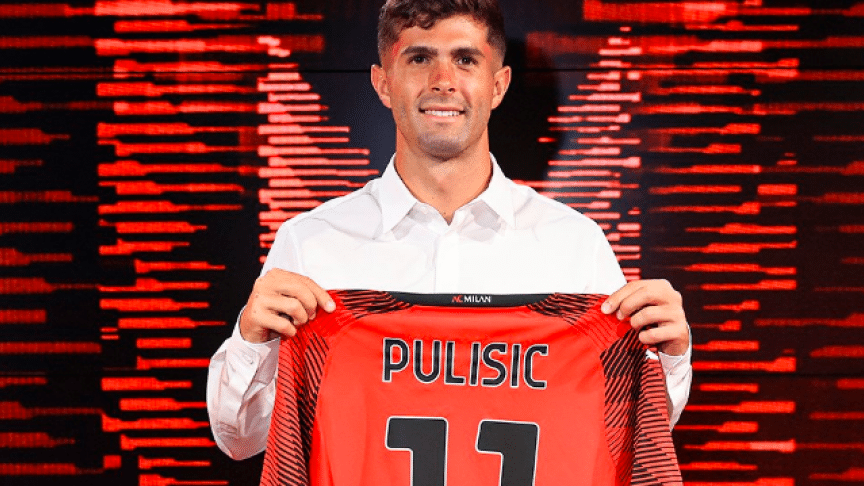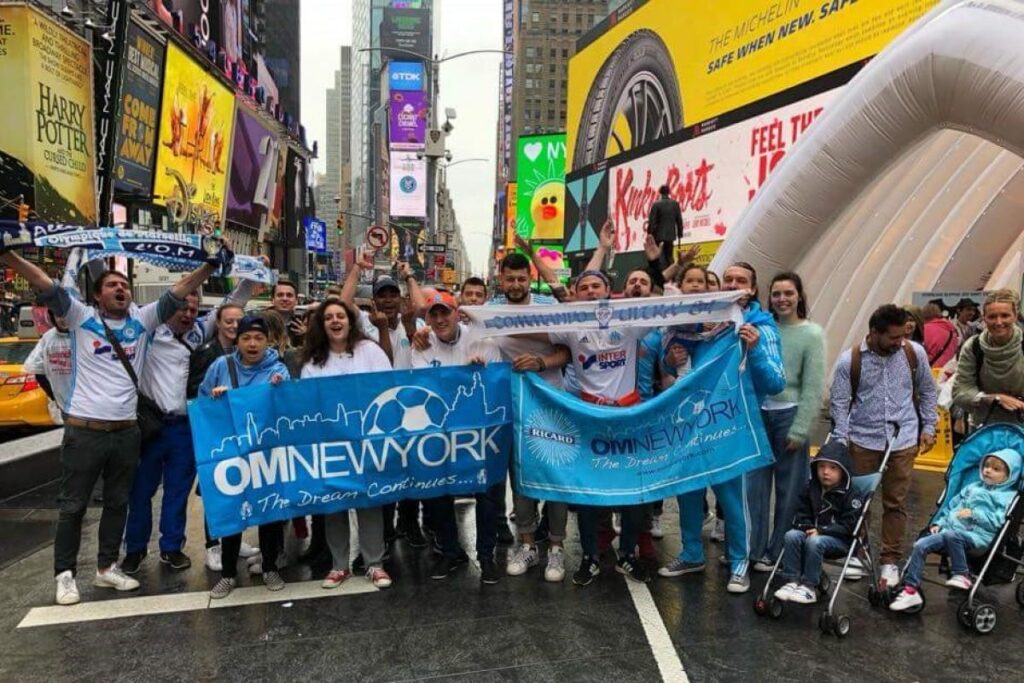How European football is winning hearts across the USA: a deep dive
As European football continues its unprecedented rise in popularity across the United States, its influence in America’s sports landscape has become undeniable. From the electrifying fixtures of the Premier League to the tactical battles of the UEFA Champions League, “European football in the USA” has shifted from a niche interest to a cultural phenomenon, captivating millions of fans. This in-depth look explores the many reasons behind its growing appeal, showing how European football is not only winning matches but also the hearts of American spectators. Join us as we follow the sport’s extraordinary journey across the Atlantic.
Growing popularity of European football in the USA
Over the past decade, European football has seen a dramatic surge in popularity across the United States. Fans are now more knowledgeable, emotionally invested, and enthusiastic about clubs like Manchester United, Real Madrid, FC Barcelona, and Bayern Munich. These clubs have become household names, with their shirts worn by children and adults alike in cities all over the country. This growing passion is not limited to major coastal cities like New York and Los Angeles—it’s thriving in suburbs and smaller towns as well, showing that European football has transcended regional boundaries. The rise of streaming platforms has made it easier than ever for American audiences to access live matches, highlights, documentaries, and behind-the-scenes content, creating stronger connections with European teams.

The accessibility of European football has reshaped the way Americans engage with sport. Younger fans, in particular, are turning away from traditional American sports and embracing the speed, precision, and rich culture of European football. Social media has played a huge role in this shift—viral goals, controversial moments, and player stories spread instantly, engaging a generation eager for global experiences. The Premier League, La Liga, Serie A, and Bundesliga now compete with the NFL and NBA for attention, something unthinkable just twenty years ago. As this trend continues, the very fabric of American sports culture is evolving.
The influence of Premier League and UEFA competitions
The Premier League has firmly established itself as the most-watched foreign sports league in the United States. Its fast-paced play, global stars like Mohamed Salah and Erling Haaland, and its English-speaking accessibility make it a natural entry point for American viewers. NBC Sports’ dedicated coverage has played a key role in this success, offering high-definition broadcasts, insightful commentary, and digital content tailored to American expectations. Match days have become part of weekend rituals, with fans gathering in pubs and sports bars across the country.
The UEFA Champions League, with its knockout format and dramatic flair, has also captured the imagination of American fans. The fierce rivalries, international storylines, and elite-level competition offer the kind of spectacle that resonates with an audience familiar with playoff formats. By bringing together the best clubs from across Europe, the tournament offers something unique and globally appealing. With streaming platforms like Paramount+ offering accessible coverage, fans can now follow their favourite clubs in real time, no matter the time zone. As a result, Americans are expanding their interest beyond just English football to include clubs from Spain, Germany, Italy, and beyond.
Role of media, streaming services, and social platforms
The expansion of European football in the United States owes much to the media and digital technology. Traditional broadcasters like ESPN and NBC have dedicated increasing amounts of time to European football, often enhancing coverage with expert analysis and pre- and post-match commentary. Meanwhile, modern services such as ESPN+ and Paramount+ offer exclusive access to live matches, in-depth interviews, and emotive documentaries that reveal the history, rivalries, and passion behind the game. This wide array of content has helped even casual fans deepen their understanding of the sport.
Social media is another vital force behind the sport’s growth. From quick-fire TikTok reels to heated debates on Twitter (X), fans across the US are joining global conversations happening simultaneously in London, Milan, or Munich. Players like Kylian Mbappé or Jude Bellingham are not only stars on the pitch—they’re social icons with huge influence on platforms like Instagram and YouTube. This constant digital exposure draws fans in and keeps them engaged, transforming one-time viewers into lifelong supporters. Fans today are no longer just watching; they’re actively participating in a global community.
American players in European football leagues
One of the most compelling reasons for the rise of European football in the USA is the increasing success of American players in top-tier European clubs. Christian Pulisic, Weston McKennie, Gio Reyna, and Tyler Adams have become leading figures, encouraging many American fans to follow European leagues more closely. Pulisic’s rise at Chelsea and now AC Milan, in particular, has pulled huge numbers of US fans towards the Premier League and Serie A. These players aren’t just squad members—they’re starters, leaders, and sometimes the face of their clubs.

Their influence stretches beyond national pride. Competing at the highest level, they’re gaining invaluable experience and proving that American footballers can hold their own among the world’s best. This has shifted perceptions back home, with more parents and young players now seeing Europe as the ultimate goal. US training programmes are increasingly mirroring European development models. As performance abroad fuels interest at home, the emotional connection between American fans and European football continues to deepen.
The influence of international fan clubs and local community events
Local fan clubs for European teams are flourishing in cities across the United States, from Boston to Austin. These groups organise live match viewings, quizzes, community fundraisers, and social events, creating a shared culture that reflects the spirit of European supporter culture. For many, these groups are more than fan clubs—they’re communities where allegiance is proudly displayed through shirts, scarves, and chants. They help make European football not just accessible, but emotionally meaningful.

These gatherings also bring the European game to life in real time. It’s now normal to find cafés packed at 7 a.m. with Liverpool or Arsenal supporters cheering on their teams. Official clubs like Bayern Munich, Manchester City, and FC Barcelona have even established official American branches, hosting festivals, youth clinics, and local events. These efforts build authenticity and foster a sense of belonging, making the European football experience more personal and integrated into daily life.
Impact on youth development and football culture
The growing love for European football is having a transformative impact on youth development in the United States. Clubs and academies across the country are adopting European training philosophies, focusing on technical and tactical skills rather than just athleticism. Young players now study pressing systems like gegenpressing and possession-based play from an early age. Coaches often refer to European methods, and many talented young athletes are seeking training opportunities with European clubs to launch their international careers.

Interested in a football camp in the USA ? Discover them here !!
Cultural shifts are also apparent in how young fans choose their idols. Gone are the days when David Beckham was the only European name on American lips. Today’s youth follow Lionel Messi, Erling Haaland, or Jude Bellingham closely. Their walls are decorated with Champions League posters instead of Super Bowl memorabilia. This evolution in hero-worship shows how European football has become both aspirational and relatable. As these young fans grow up, their passion is likely to redefine American football culture in powerful ways.
How European football is winning hearts across the USA: a deep dive
As more American eyes turn to Europe each weekend, it’s clear that European football in the USA is no passing trend—it’s a profound cultural shift. With greater access to live matches, a growing presence of American players in elite clubs, and passionate fan communities both online and offline, the bond between the US and European football is stronger than ever. Summer tours, partnerships with local fan groups, and joint youth initiatives have deepened that transatlantic connection. Americans are no longer just watching—they’re helping shape the global football narrative.
The future looks bright. Youth academies are adapting, broadcasters are investing, and brands are taking notice of this engaged and growing audience. As American fans learn more about club histories, tactical identities, and rivalries, their appreciation deepens. It’s no longer unusual to hear football chants echoing through bars on a Saturday morning, or to see children wearing Borussia Dortmund kits in schoolyards. The love for European football in the USA has taken root—and it’s only growing stronger.